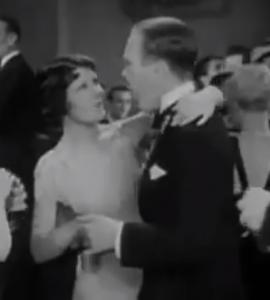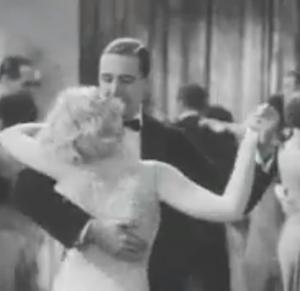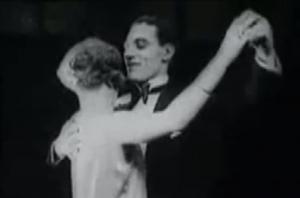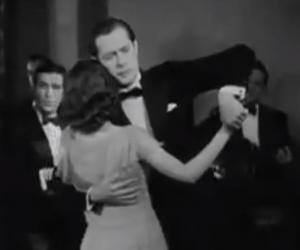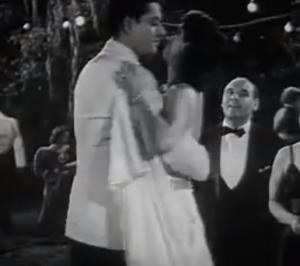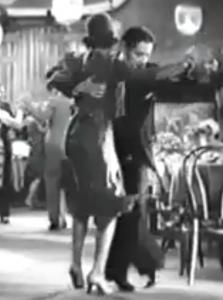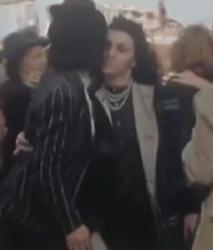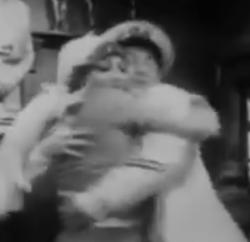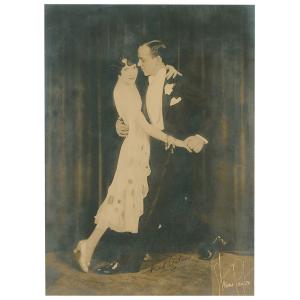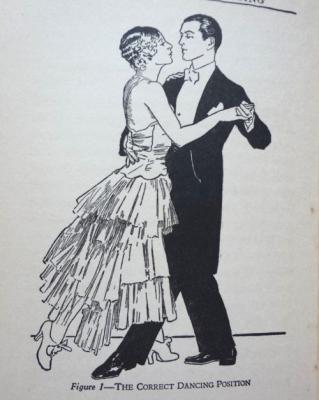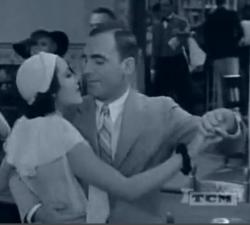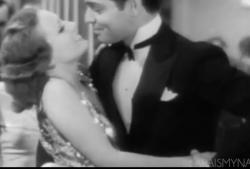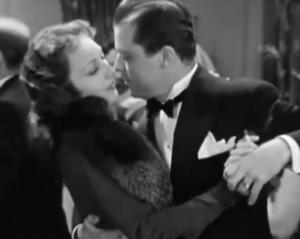- Historical Dance
- Jazz Age Social Dancing ("The Modern Dances")
- 0. The Essentials of Jazz Age Ballroom Dancing
- 1. Foxtrot Part 1: The Jazz Age Foxtrot
- 2. Youth Dancing in the Jazz Age
- 3. The Jazz Age Waltz
- 4. The Jazz Age Tango
- 5. 1930s Rumba
- 6. 1930s Samba
- 7. 1930s Conga
- 8. Bal Musette: Parisian Dance of the Jazz Age
- 9. Dancing in Weimar Berlin
- Dancing Made Easy - 1922
- Film Library - Jazz Age Dance
- Historical Dance Films posted to Pinterest
- Jazz Age Dance - Apologia
- Jazz Age Dance Image Collection
- Jazz Age Lead and Follow
- Places to Dance in Southern California in the Jazz Age
- Sampler of Jazz Age Dance Holds
- The Pathé Historical Dance Collection: 1920s-40s
- Ragtime Dance - the One Step
- Regency Dance
- Victorian Dance
- Jazz Age Social Dancing ("The Modern Dances")
Sampler of Jazz Age Dance Holds
"There was dancing now on the canvas in the garden; old men pushing young girls backward in eternal graceless circles, superior couples holding each other tortuously, fashionably, and keeping in the corners..."
The Great Gatsby
In the '20s and '30s, while dance teachers were fond of defining "correct" and "incorrect" dance postures, the dancers themselves felt free to assume any position that felt right to them. Postures were as individual as the dancers, and could easily change to match the individual dynamics between the two partners, or even change several times during a single dance - and "superior" dancers liked to mark their superiority with their own signature, somewhat odd, postures.
The following is a sampler of movie stills, posed photos and illustrations showing some of the possible positions you could try when dancing a Fox Trot, Waltz or Tango. (Click on images for a larger view). I was prompted to put this page together after my partner in a Foxtrot moved her left hand up my forearm a few inches and informed me that her Charleston teacher had corrected her when she had it lower. This bugged me. There is a tendency when re-creating historical dance forms to over-extrapolate from a few sources and turn what, at the time, was just an option into a strict rule. I suspect that is what had happened in my partner's case.
To clearly illustrate that actual Jazz Age ballroom dancing offered many options and few rules, I present this collection of people in the act of dancing (with the exception of two dance book illustrations), and showing that almost any possible combination was being practiced. The holds were as individual and free-form as the dancing.
The hand-hold can be high or low, with fingers intertwined, overlapping or the man holding the woman's hand with his fingertips. His hand at her back can be up between her shoulder blades or down near her waist or anywhere in between. Her left hand can be at his forearm, or shoulder, or wrapped around behind his neck or holding her long evening gown out of the way. Heads can be apart, or cheek to cheek, or her head can rest on a taller man's chest.
So when you are dancing, remember that about the only constant is the close embrace. Other than that, do what feels right for you and your partner and worry not about "the rules". Your own preferences, and what is comfortable given your relative heights, physical constraints -- or just what feels appropriate given your relationship with that particular partner, is really all that matters. If it is important to you to dance "just so", adhering to precise points of style and form, you are as free to do so as your fellow dancers are to not do so.
As you can see, there's quite a variety, but this is in no way a comprehensive review of all your options.

